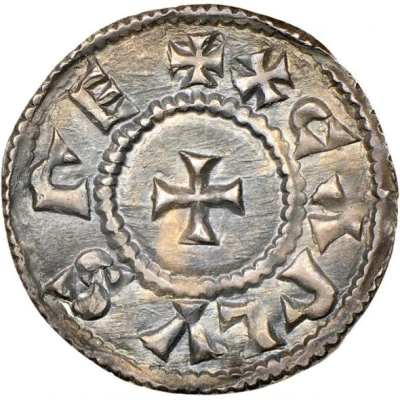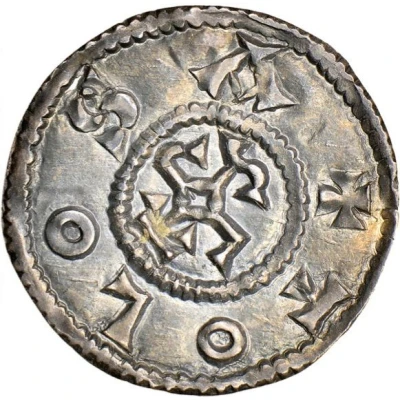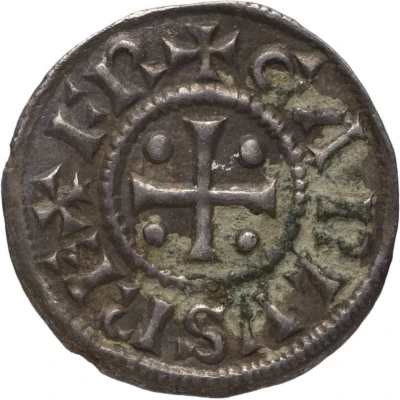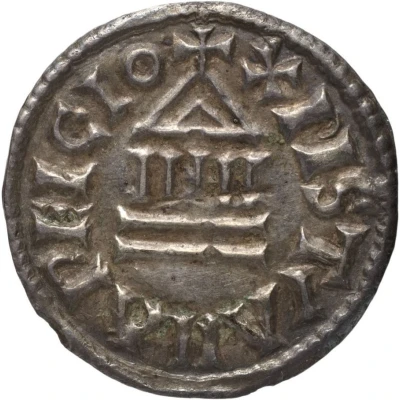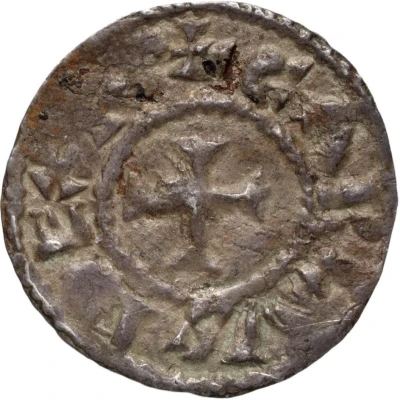
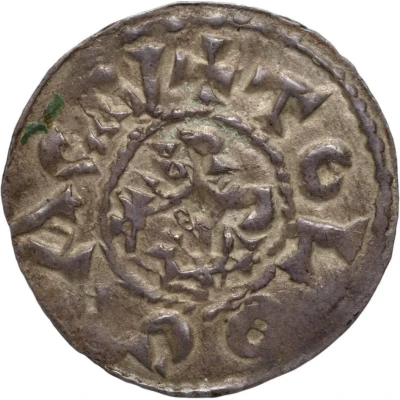

© Bibliothèque nationale de France / Gallica
Obol - Charles II Toulouse mint; CARLVS REX F
| Silver | 0.72 g | - |
| Issuer | Kingdom of West Francia (Carolingian Empire) |
|---|---|
| King | Charles II the Bald (843-877) |
| Type | Standard circulation coin |
| Years | 840-864 |
| Value | 1 Obol (1⁄480) |
| Currency | Pound (840-987) |
| Composition | Silver |
| Weight | 0.72 g |
| Shape | Round (irregular) |
| Technique | Hammered |
| Orientation | Variable alignment ↺ |
| Demonetized | Yes |
| Updated | 2024-10-09 |
| Numista | N#343298 |
|---|---|
| Rarity index | 97% |
Reverse
Monogram in a beaded circle, legend around.
Script: Latin
Lettering: ✠ TOLOSA CIV
Translation: City of Toulouse.
Comment
The engravings and captions are varied.Interesting fact
One interesting fact about the Obol coin is that it was part of a currency reform implemented by Charles II, also known as Charles the Bald, in the 9th century. The reform aimed to standardize the weight and purity of coins across the Carolingian Empire, which at that time was facing economic challenges and currency devaluation. The Obol coin was one of the new coin denominations introduced by Charles II, and it was made of silver, weighing 0.72 grams as . This fact highlights the importance of this coin as a piece of history, not only for its monetary value but also for its role in shaping the economic policies of the Carolingian Empire.
